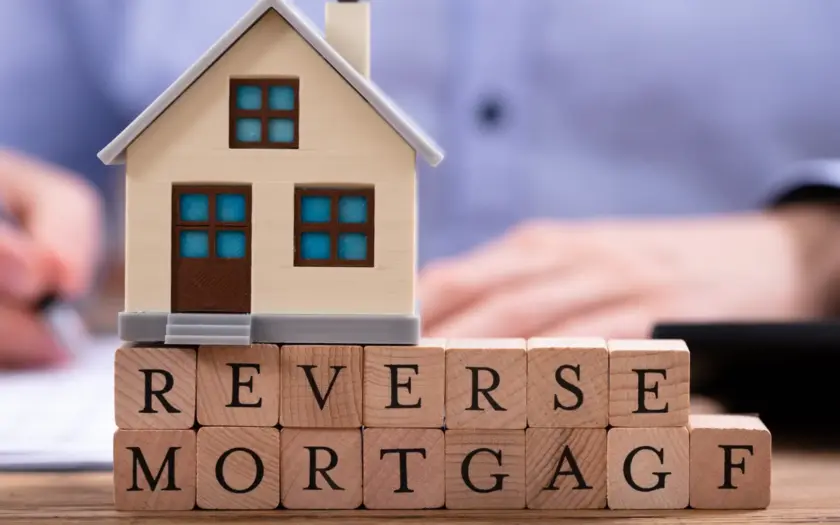Reverse mortgages are gaining popularity as a financial tool for retirees, but they’re not without complexities. This guide dives deep into the intricacies of reverse mortgages, providing you with the knowledge you need to make informed decisions. We’ll explore the different types, eligibility requirements, costs involved, and potential benefits and drawbacks. By understanding the nuances, you can determine if a reverse mortgage aligns with your retirement goals.
Types of Reverse Mortgages
- Home Equity Conversion Mortgage (HECM): This is the most common type of reverse mortgage, insured by the Federal Housing Administration (FHA). HECMs offer various payout options, including lump sum, monthly payments, line of credit, or a combination.
- Proprietary Reverse Mortgages: These are private loans offered by specific lenders and may have higher loan limits than HECMs, but they often come with higher interest rates and fees.
- Single-Purpose Reverse Mortgages: Offered by some state and local government agencies and non-profits, these loans are typically for a specific purpose, like home repairs or property taxes.
Qualifying for a Reverse Mortgage
To be eligible for a reverse mortgage, you generally need to meet the following criteria:
- Age: Be at least 62 years old.
- Homeownership: Own your home outright or have a low mortgage balance.
- Primary Residence: The home must be your primary residence.
- Financial Assessment: Lenders may require a financial assessment to ensure you can meet ongoing obligations like property taxes and homeowners insurance.
- Counseling: You must complete counseling with a HUD-approved reverse mortgage counselor.
Costs and Fees Associated with Reverse Mortgages
Reverse mortgages involve various costs, including:
- Origination Fee: This covers the lender’s administrative costs.
- Mortgage Insurance Premium (MIP): For HECMs, this insurance protects the lender if you default on the loan.
- Interest Rate: The interest rate on a reverse mortgage is typically higher than a traditional mortgage.
- Closing Costs: These include appraisal fees, title insurance, and other expenses.
- Servicing Fees: Lenders may charge fees for ongoing loan servicing.
How Reverse Mortgage Payouts Work
You can receive your reverse mortgage proceeds in different ways:
- Lump Sum: Receive a single, large payment.
- Monthly Payments: Get regular payments for a set period or as long as you live in the home.
- Line of Credit: Access funds as needed, drawing on the line of credit.
- Combination: Combine different payout options to meet your needs.
Benefits of a Reverse Mortgage
- Increased Financial Security: Provides access to cash for living expenses, healthcare, or other needs.
- No Monthly Payments: You don’t have to make monthly mortgage payments while you live in the home.
- Remain in Your Home: You can continue living in your home as long as you meet loan obligations.
- Tax-Free Proceeds: Reverse mortgage proceeds are generally not considered taxable income.
Drawbacks of a Reverse Mortgage
- Reduced Home Equity: The loan balance grows over time, reducing your home equity.
- High Costs: Reverse mortgages can have significant upfront costs.
- Impact on Heirs: Your heirs may inherit less or have to sell the home to repay the loan.
- Complexity: Reverse mortgages can be complex and require careful consideration.
Is a Reverse Mortgage Right for You?
A reverse mortgage can be a valuable tool for some homeowners, but it’s not suitable for everyone. Consider these factors:
- Your Financial Situation: Evaluate your income, expenses, and other assets.
- Your Long-Term Plans: Think about how long you plan to stay in your home.
- Your Family’s Needs: Discuss the implications with your family and consider their needs.
- Alternatives: Explore other options, like downsizing or a home equity loan.
Where to Get a Reverse Mortgage
If you’re considering a reverse mortgage, you can find lenders through various channels:
- Banks and Credit Unions: Many banks and credit unions offer reverse mortgages.
- Mortgage Companies: Specialized mortgage companies focus on reverse mortgages.
- Government Agencies: Some government agencies offer programs like the HECM.
- Online Lenders: You can find and compare reverse mortgage lenders online.
Tips for Choosing a Lender
- Shop Around: Compare rates and terms from multiple lenders.
- Check Credentials: Ensure the lender is licensed and reputable.
- Read Reviews: See what other borrowers have to say about their experience.
- Ask Questions: Don’t hesitate to ask questions about anything you don’t understand.
The Future of Reverse Mortgages
The reverse mortgage landscape is constantly evolving. New products and features are being developed to meet the changing needs of seniors. For example, some lenders now offer HECM for Purchase, allowing seniors to use a reverse mortgage to purchase a new home.
As the baby boomer generation ages, the demand for reverse mortgages is expected to grow. This increased demand may lead to more competition among lenders, potentially resulting in better rates and terms for borrowers.
Making Informed Decisions
A reverse mortgage can be a valuable tool for some seniors, but it’s crucial to weigh the pros and cons carefully. By understanding the different types of reverse mortgages, eligibility requirements, costs, and potential benefits and drawbacks, you can make an informed decision that aligns with your retirement goals.

